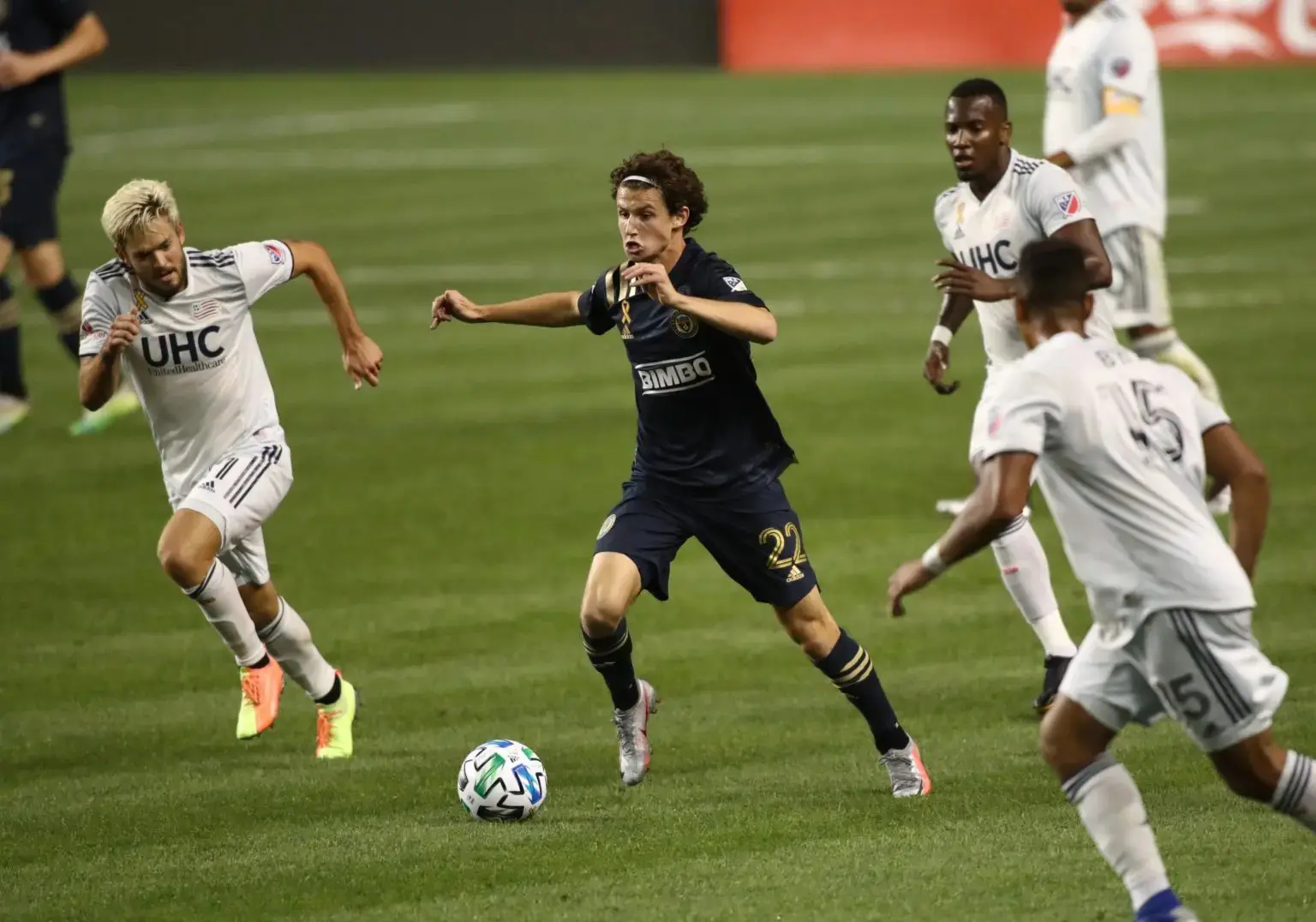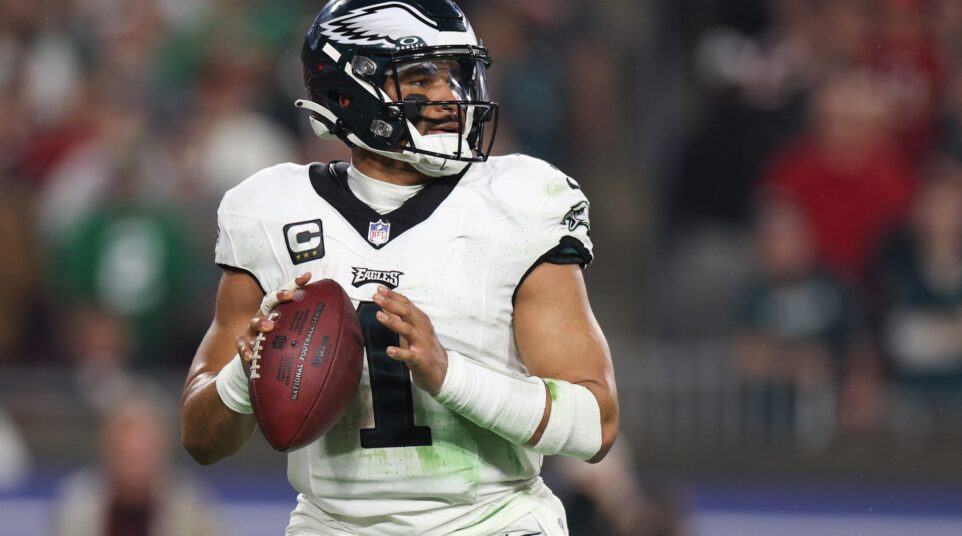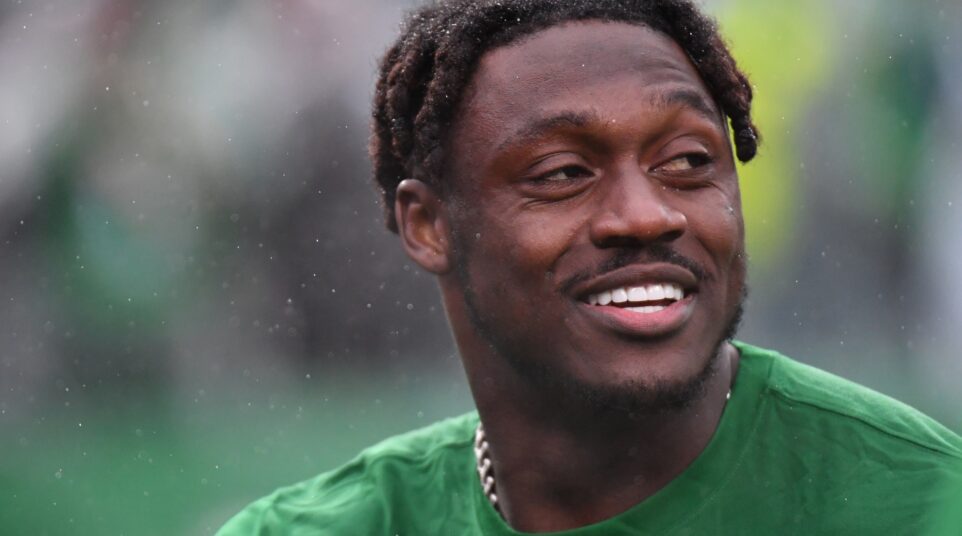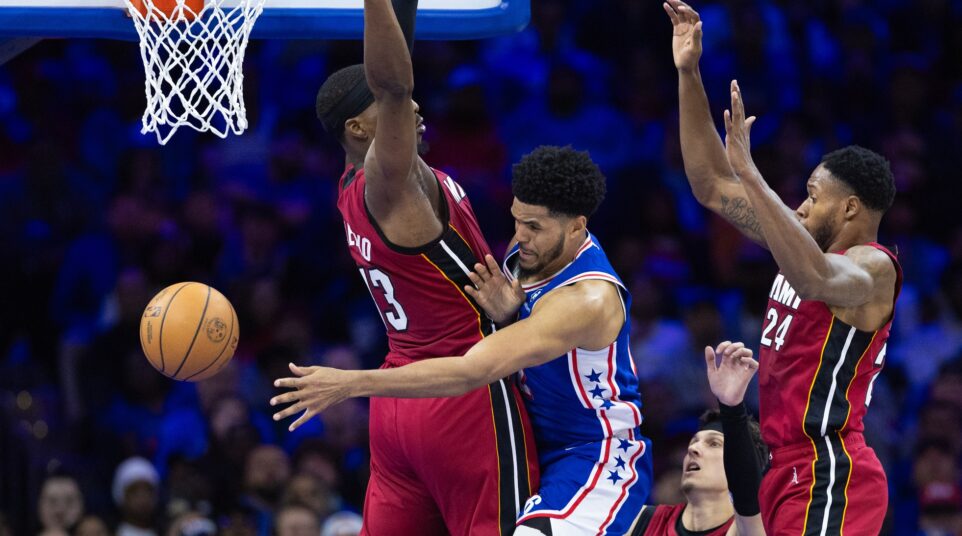
Brenden Aaronson's European Transfer is Official, and it's a Record Fee for an American Homegrown Player
A 19-year-old kid from Medford just broke the record for highest transfer fee for a homegrown American soccer player.
That’s pretty cool, and a significant moment for the Philadelphia Union, who completed their first outgoing European transfer by sending their talented teenager to Red Bull Salzburg in the Austrian first division.
My guy Jonathan Tannenwald is reporting that the Union will receive six million dollars for Aaronson, plus three million in performance incentives and a 10 to 20% sell-on fee, which means that if he’s transferred to another club in the future, the Union get a portion of that dollar amount as well.
This is a watershed moment for the Union and for Major League Soccer as well. For the Union to take a kid from Medford, bring him through the Academy, put him in the first team, and then sell him to a European club for millions of dollars signifies a huge step in being a player on the international stage. It completes a process they set in motion about eight years ago, as they looked to cast a net over the Delaware Valley and find the most talented players in this region and bring them into their system. And when you net a fee of $6 million dollars with incentives, it sets the market price for future Americans traveling overseas while changing the old idea that MLS players could be had on the cheap, resulting in low-ball offers coming from Europe.
The question you’re probably asking yourself is this –
If Aaronson is so good, why are the Union getting rid of him?
It’s a totally legit question and the answer is unique to soccer, but I’ll try to break it down this way:
- Right now, MLS isn’t the best league in the world, so when we sell to bigger teams, our guys go on to play in tougher leagues, which helps them become better players and perform better for the United States national team.
- Transfer fees go back into the academy, or are used to acquire other players, or make stadium and facility upgrades, etc. You cash in and then redistribute your earnings and continue to grow as a franchise.
- The Union academy is pumping out players left and right, so there are more kids ready to take Aaronson’s place. Philly has another homegrown in Anthony Fontana who will slot right in, and Brenden’s brother is also in the system as well.
Selling is just a part of the game. Even huge foreign clubs like Ajax and Arsenal sell homegrown talent for similar reasons to what I listed above. Eventually your talent outgrows your club, and until your club becomes big enough to make a run at a trophy, the better opportunities will come elsewhere. The good thing is that Aaronson will remain in Philly through the end of the season and take part in the coming playoff run, so he’s not departing right away. His local story will end the right way.
In a previous article, I mentioned three reasons why this is a perfect move for Brenden. One, the coach (Jesse Marsch) is an American, and coached New York’s Red Bull team. Two, the Union’s Sporting Director, Ernst Tanner, worked for Salzburg and knows his player is moving into a good situation. Three, with Salzburg being part of the Red Bull family, there’s a pathway to RB Leipzig in Germany should Brenden continue to thrive.
The biggest takeaway is that this is a great Philly sports story. Here’s a kid who was born here, raised here, and taken into the nearby academy. He worked his way up, earned his playing time, excelled, and now he’s heading to Europe on a record fee for a homegrown American.





